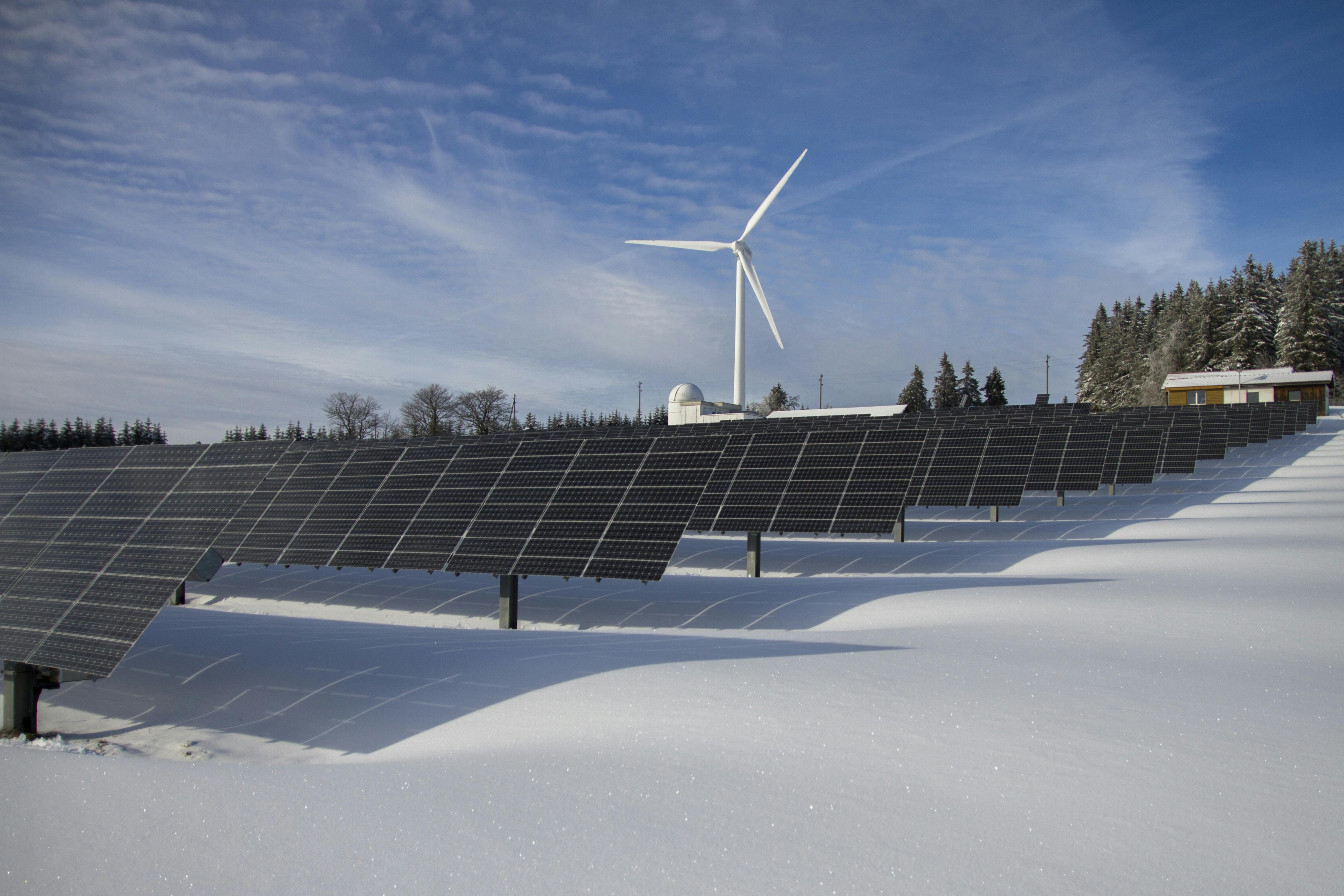Written by Aliyah Assegaf
21 November 2024

The world’s pressing need to combat climate change has brought the concept of a regenerative economy into the spotlight. This approach differs from traditional economic models centered on extraction and consumption, focusing instead on restoring, renewing, and revitalizing systems to ensure long-term sustainability. Energy, the cornerstone of global economies, plays a pivotal role in this transformation. Aligning the shift to renewable energy with regenerative principles enables businesses and governments to accelerate progress toward a net-zero future while promoting resilience and equity.
The Imperative for a Regenerative Energy System
The energy sector accounts for approximately three-quarters of global greenhouse gas emissions, making it a critical area for intervention. Traditional fossil fuel-based systems are not only environmentally unsustainable but also create systemic inequities, disproportionately impacting vulnerable communities. Transitioning to renewable energy is not merely about reducing emissions; it is about building systems that restore ecological balance, create green jobs, and ensure energy access for all.
The regenerative economy seeks to embed these values into the energy transition. It envisions energy systems that contribute positively to environmental and social systems rather than merely minimizing harm. This involves designing renewable energy projects that prioritize biodiversity, reduce land-use conflicts, and engage local communities in meaningful ways.
Harnessing Renewable Energy for Regenerative Growth
Renewable energy sources such as solar, wind, and hydropower are pivotal in the shift toward a net-zero future. However, their implementation must align with regenerative principles to unlock their full potential. McKinsey’s research highlights several ways this can be achieved:
-
Innovative Energy Storage Solutions: Renewable energy’s intermittent nature requires robust storage systems to ensure reliability. Investments in next-generation batteries and green hydrogen can not only stabilize renewable grids but also create new opportunities for circularity in material use.
-
Decentralized Energy Systems: Localized energy production, such as community solar projects, can empower underserved regions and reduce dependency on large-scale grid infrastructure. These systems foster energy democracy, enabling communities to reap direct economic and environmental benefits.
-
Maximizing Co-Benefits: Renewable energy projects should be designed to deliver multiple benefits. For instance, solar farms can integrate regenerative agriculture practices, promoting soil health and biodiversity while generating clean energy.
-
Circularity in Renewable Energy: From manufacturing to decommissioning, renewable energy systems must adopt circular economy principles. Recycling rare earth metals and extending the life of energy infrastructure are critical for reducing waste and resource extraction.
Enabling Policies and Investments
The regenerative energy transition requires a supportive ecosystem of policies, financing, and collaboration. Governments can incentivize regenerative practices through subsidies, tax benefits, and funding for research and development. Similarly, the private sector has a vital role in channeling investments into innovative technologies and business models.
Public-private partnerships can also play a transformative role, ensuring that renewable energy projects align with broader sustainability goals. For example, integrating renewable energy into industrial clusters or urban areas can create synergies that enhance energy efficiency and foster economic growth.
The Road Ahead
Transitioning to a regenerative energy system is not without challenges. The upfront costs of renewable energy infrastructure, the need for new skill sets, and geopolitical dynamics can pose significant hurdles. However, the long-term benefits far outweigh these barriers. Regenerative energy systems promise not only to mitigate climate change but also to create inclusive economies, healthier ecosystems, and more resilient communities.
As businesses and governments embrace this vision, they must adopt a holistic approach that integrates environmental, social, and economic dimensions. The regenerative economy, powered by clean and equitable energy, represents not just a pathway to net zero but a foundation for a thriving, sustainable future.
The journey to a regenerative economy is a shared responsibility, and the energy transition is its cornerstone. By fostering innovation, collaboration, and systemic thinking, we can build energy systems that not only power our economies but also regenerate our planet.
Reference
McKinsey & Company. Spotting green business opportunities in a surging net-zero world: Transition to net-zero power. Retrieved from McKinsey & Company.
McKinsey & Company. Renewable energy development in a net-zero world. Retrieved from McKinsey & Company.
